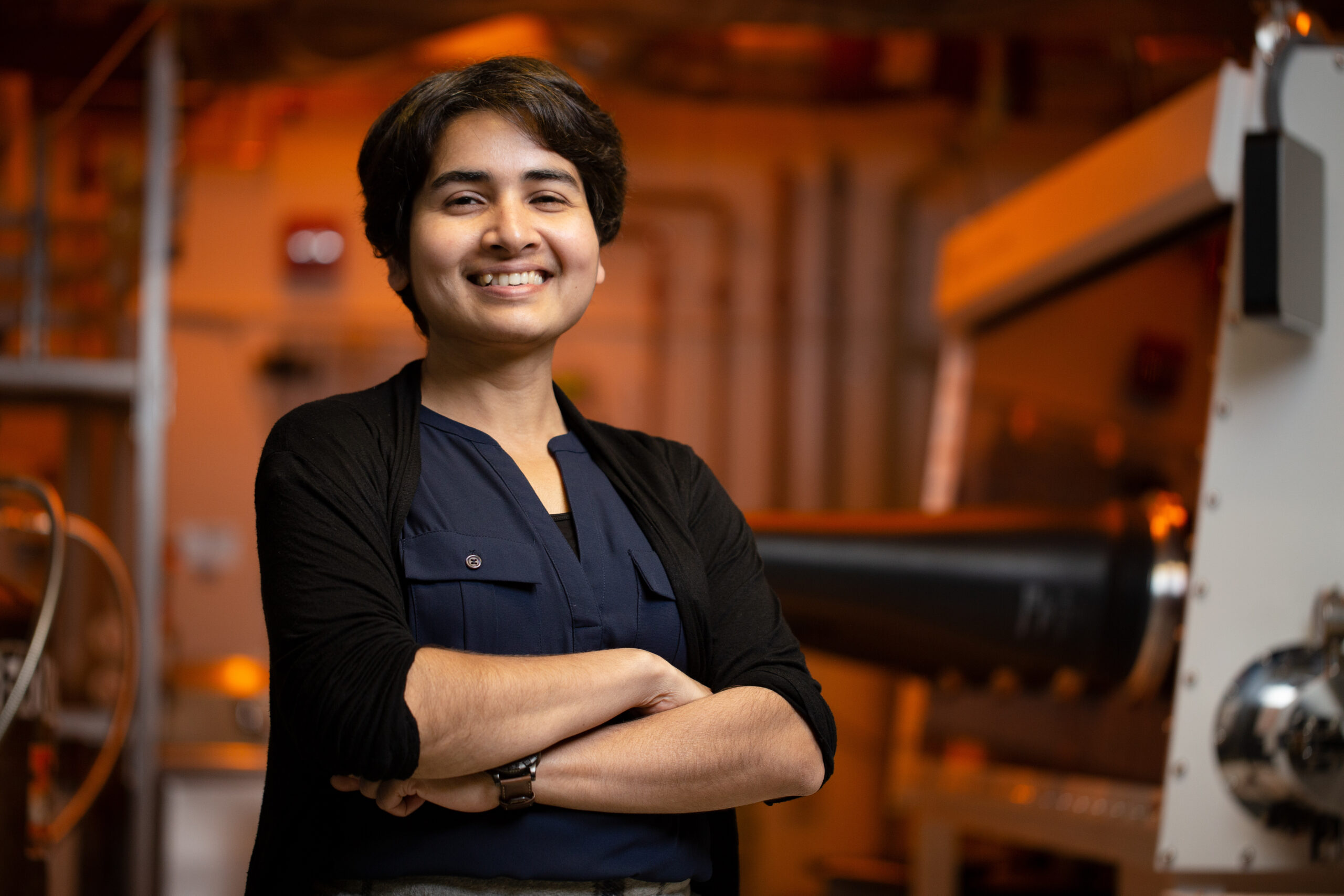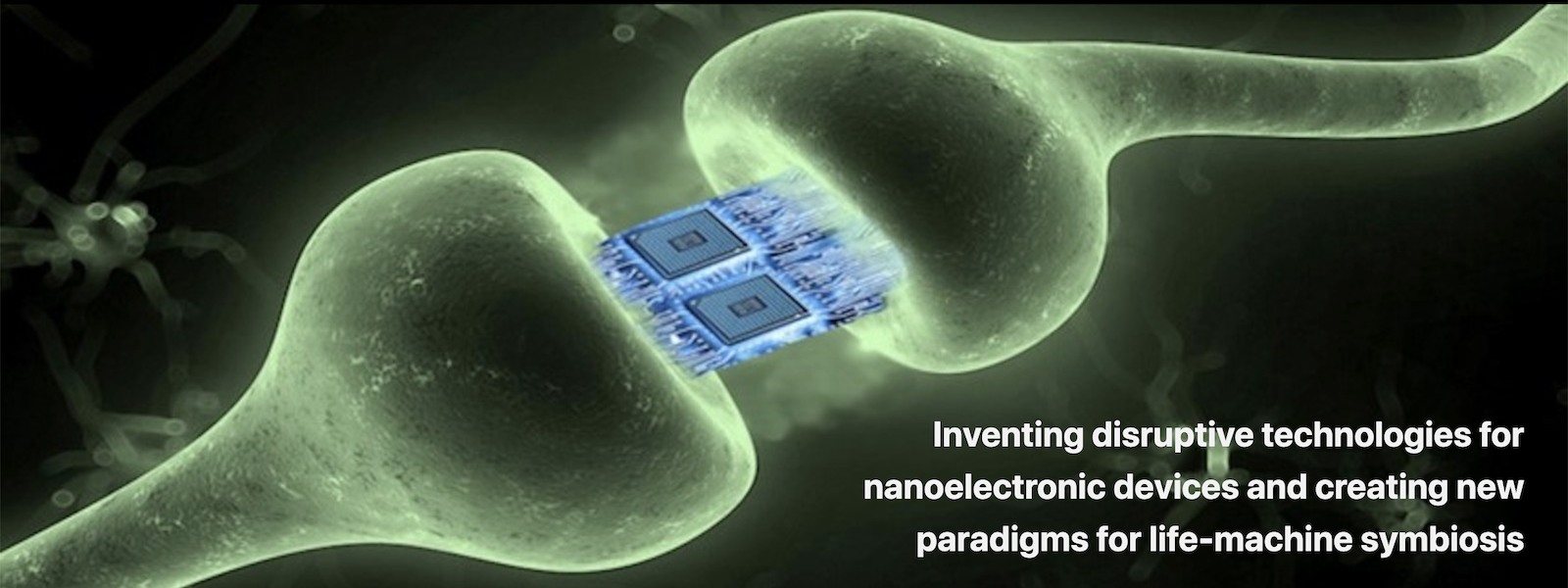Unleashing Tiny Machines to Save Minds by MIT Nanotechnologist Deblina Sarkar

“MIT Nanotechnologist Deblina Sarkar Unleashes the Power of Tiny Machines to Revolutionize Neurological Research”
In a world where cutting-edge technology meets the intricacies of the human brain, Deblina Sarkar, a nanotechnologist and assistant professor at MIT, is leading a groundbreaking revolution. With her ultratiny electronic devices, smaller than a mote of dust, Sarkar aims to infiltrate living cells and combat devastating neurological disorders such as Alzheimer’s disease and Parkinson’s disease. Her relentless pursuit of innovation has earned her a spot on this year’s prestigious SN 10: Scientists to Watch list, highlighting her extraordinary contributions to the field.
Sarkar’s journey began in Kolkata, India, where she drew inspiration from her parents’ unwavering determination. Her mother’s defiance of social norms and her father’s resourcefulness in engineering ignited her passion for science and technology. Following her electrical engineering studies at the renowned Indian Institute of Technology Dhanbad, Sarkar ventured to the University of California, Santa Barbara, to specialize in nanoelectronics.
“Sarkar’s Breakthrough Nanodevices Offer Hope for Alzheimer’s and Parkinson’s Treatment”
During her graduate work, Sarkar’s brilliance shone through as she developed a groundbreaking transistor capable of reducing power loss by a staggering 90% compared to traditional silicon transistors. Recognizing her exceptional achievement, UC Santa Barbara awarded her Ph.D. dissertation with the esteemed Lancaster Award, acknowledging its impact on the advancement of math, physical sciences, and engineering.

However, Sarkar’s fascination with the brain took center stage, prompting her to join MIT as an assistant professor and establish the Nano-Cybernetic Biotrek group. Her research focuses on creating nanodevices that seamlessly interact with living cells, as well as developing “neuromorphic” computing devices inspired by the human brain’s architecture.
Among the group’s most remarkable achievements is the Cell Rover, a flat antenna capable of monitoring cellular processes. Sarkar and her team successfully integrated this nanodevice, roughly the size of a tardigrade, into a mature frog egg cell using magnetic fields. Through careful vibrations, the Cell Rover communicated with the outside world, raising hopes of detecting misfolded proteins that serve as early indicators of Alzheimer’s disease.
Traditionally, Alzheimer’s diagnosis occurs only when memory loss has already set in, making treatment significantly more challenging. Sarkar’s innovative devices offer the potential to revolutionize this process, enabling early detection and intervention. Furthermore, her nanodevices could harness energy from cells and provide electrical stimulation, paving the way for groundbreaking brain electrodes and subcellular pacemakers.
Sarkar envisions a future where nanodevices seamlessly integrate with human neurons, enhancing the computational capabilities of our brains. While acknowledging the incredible power of the human mind, she believes that we can surpass our current limitations.
Collaborator and bioengineering researcher Samir Mitragotri of Harvard University hails Sarkar’s pioneering work as she establishes a new interdisciplinary field at the intersection of nanoelectronics and biology. With countless opportunities on the horizon, Sarkar’s research has the potential to reshape the future of neurological science.
As Sarkar continues to work tirelessly day and night on her urgent mission, the world watches with bated breath. Her dedication, paired with her ambitious dreams, may one day unlock the secrets of the mind and transform the lives of millions affected by neurological afflictions.
Deblina Sarkar’s groundbreaking work truly exemplifies the transformative power of science and technology. She stands as a testament to the immense potential that lies within the fusion of nanoelectronics and biology, offering hope for a future where our brains can reach.



